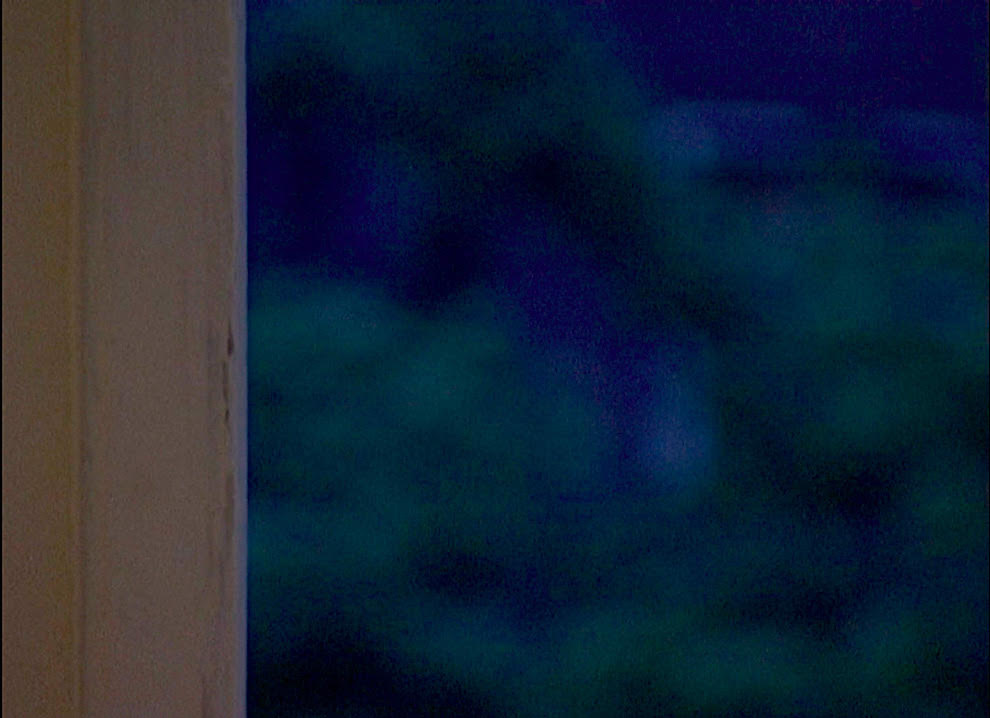
Personal non-narrative films have always been, at least partly, memoirs and cannot avoid being a record of the times in which they were made. Films made during the last two years, while bearing tell-tale signs of life in the time of COVID, continue to fulfill their primary purpose: connecting filmmaker to viewer. Consider please,
The Last Name of John Cage — by Margaux Guillemard
In poem #1263, Emily Dickinson writes:
“Tell all the truth but tell it slant —Success in Circuit lies …
The Truth must dazzle gradually
Or every man be blind — ”
In her film poem, The Last Name of John Cage, Margaux Guillemard builds a conceptual house of mirrors in which deflection, allusion, homage and imagination lead eventually to a disarmingly personal revelation. While not specifically about the pandemic, the film is nestled in it — a record of a fecund mind reaching out from confinement to connect disparate things. Filmic elements wear each other’s hats and, as can happen with good poetry, one ends up feeling communicated with before one can figure out why or how.
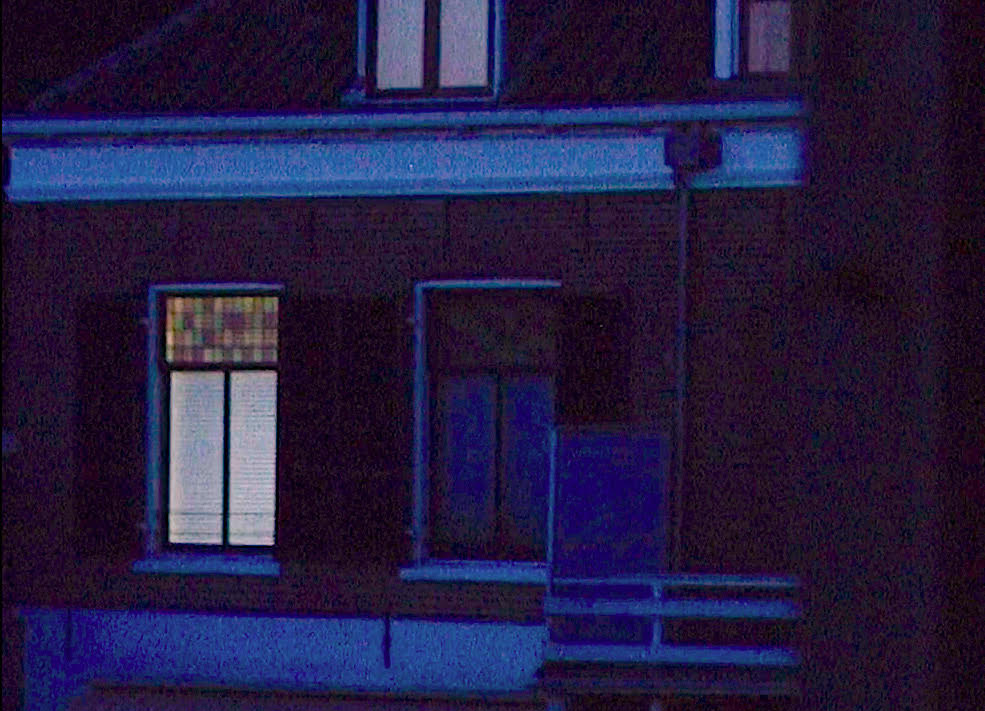
The filmmaker’s camera gazes out at what can be seen from a bedroom window as the voice of a woman, referring to herself as “probably” the filmmaker, lays some foundational groundwork for the personal essay that is to follow. She goes on to tell the viewer what she sees in the images the viewer is also seeing, but her telling is “slant” and quite a thing apart. So begins an interplay of concept and contradiction, pitting sound against sight, word against word, while smoothly interlinking these elements one over the other like the discreet but unified layers of an onion.
The outermost skin of this onion is an homage to composer, John Cage, and his seminal piece, 4’33, which, when “performed” for an audience was simply the observance of four minutes and thirty three seconds of “silence.” Cage’s conceptual point revealed itself to be that silence was anything but silent. People coughed and sneezed, sighed, got up and left in a huff. Distant car horns honked. Trains rumbled beneath. Guillemard wraps Cage’s conceptual arms around her little onion of a film like Harry Potter’s Cloak of Invisibility — a deflector of sorts that provides a formal cover under which the filmmaker’s message can build unobserved until it’s ready to reveal itself. The piece, in deference to Cage, is exactly four minutes and thirty three seconds long.
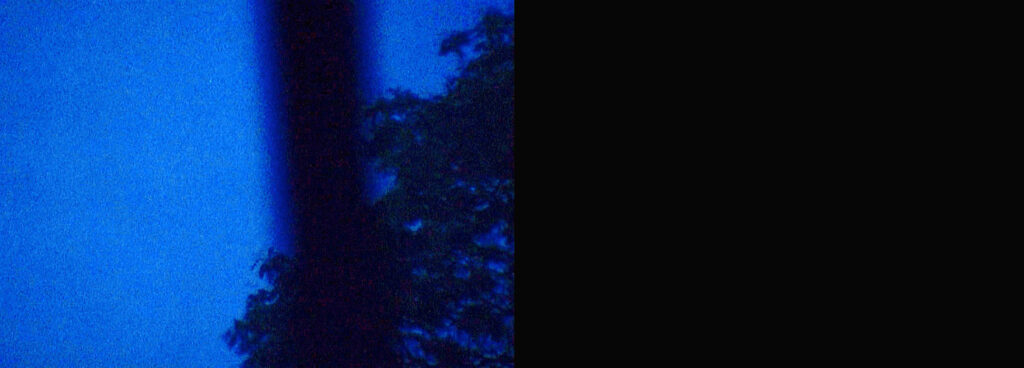
Silence, the purported focus of the film, is abstracted here, represented on the visual side by grainy, crepuscular images of rooftops, fluttering leaves, darkened windows. The film is primarily verbal, weighted for sound. Voice-over dominates while visuals provide a subordinate counterpoint, sometimes with subtle twists of cinematic syntax — suddenly going to black as a sentence is cut off mid-phrase, or an abrupt, revealing but utterly simple change of lighting. In fact, what we are seeing, or more precisely hearing, is a vocal performance via the simplest of filmmaking tools: practical light; unadorned setting; camera; microphone.
It would be churlish here not to acknowledge that there was once and may still be a movement in filmmaking called Dogme 95. It originated in Denmark in the 1990s and was a well-meaning but doomed attempt to lay out a list of rules that, if followed, would result in cinema that was inherently honest and completely devoid of artifice. But truth, like silence (see above), has forever been something that evades capture. No dogma has ever successfully reproduced it in any art form, especially film.
Whether or not any dogmatic system figured into Margaux Guillemard’s design for The Last Name of John Cage, the work is a rare union of truth, grace and cinematic economy packed into an elegant four minutes and thirty three seconds. G&S
The Last Name of John Cage
vimeo.com/437214378
The filmmaker may be contacted via email: margauxguillemard.work@gmail.com



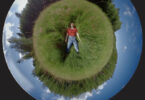
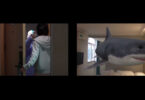
Leave a Comment